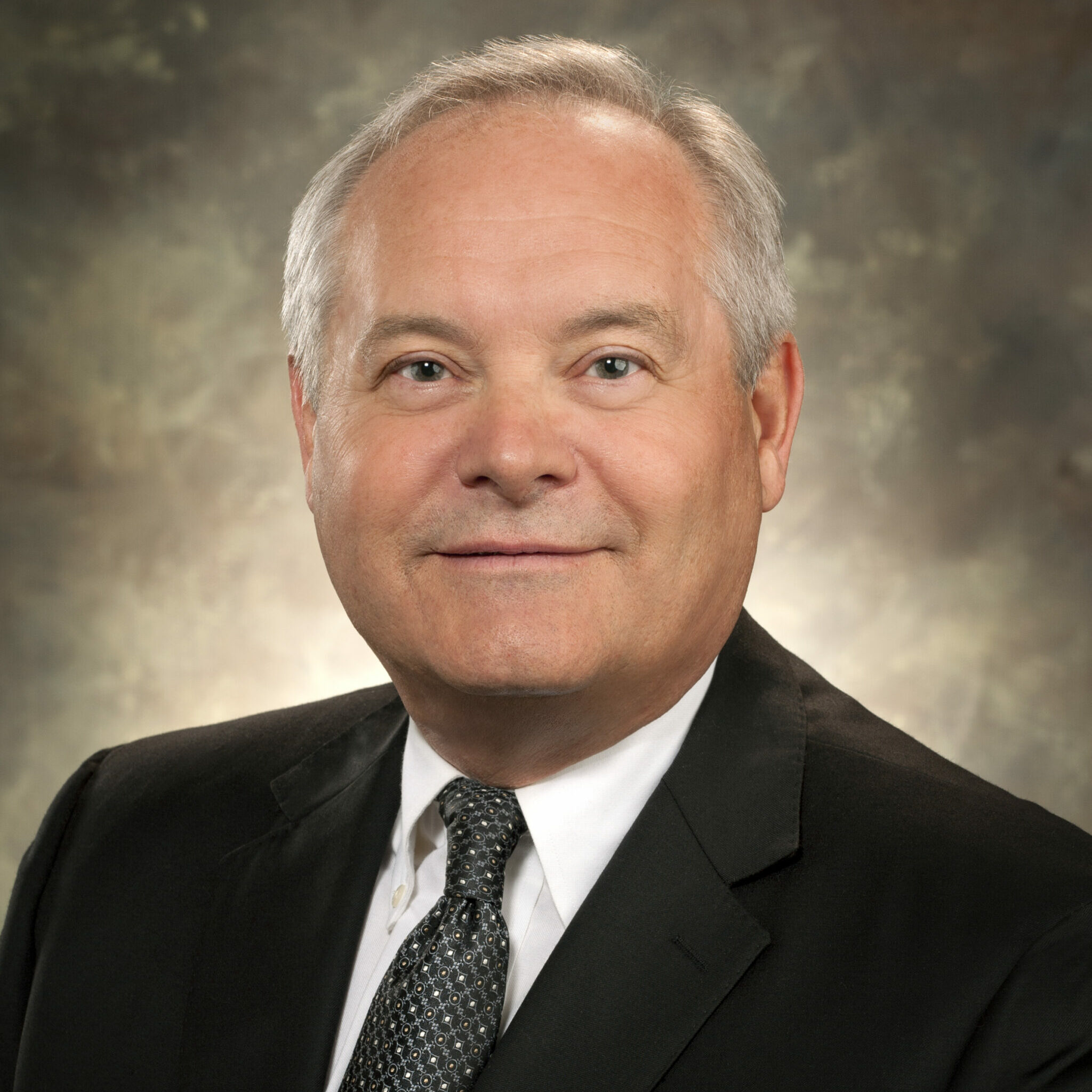As the Canadian government invests in the critical minerals sector, building partnerships is key. One important factor will be finding opportunities to innovate, improve sustainability and equip the sector’s workforce for the future.
Polytechnics Canada sat down with Dr. Robin Smith, Academic Chair of Applied Research Operations, School of Mining, Energy and Manufacturing and School of Natural Resources and Built Environment, Paul Labbe, Research Chair, School of Mining, Energy and Manufacturing and Dr. Terry Peckham, Director and Research Chair, Digital Integration Centre of Excellence (DICE) to discuss how Saskatchewan Polytechnic is rising to the occasion.
Polytechnics Canada: What challenges has the mining industry brought to Saskatchewan Polytechnic?
Dr. Terry Peckham: Our sector partners consistently raise workplace safety as a challenge. As a result, several of our applied research projects have focused on how to improve safety conditions in the industry.
Projects have examined the use of robots to investigate and analyze mine construction sites for potential hazards and the use of wireless infrastructure for remote and autonomous operation of equipment. This has led to the development of advanced underground systems to reduce collisions and improve safety conditions for workers.
Artificial intelligence and machine learning research improved jet boring, an extraction process, to create more predictable mining cavities. This approach reduces waste, provides more structural stability, increases ore extraction and provides better information on difficult-to-process materials that enter the mineral processing pipeline.
PC: Both government and industry speak about sustainable resource development. How is Saskatchewan Polytechnic supporting the transition to sustainable practices?
Dr. Robin Smith: To aid this transition, Saskatchewan Polytechnic recently established SLICE – Sustainability-Led Integrated Centres of Excellence, an applied research hub that coordinates sustainability-focused activity in key areas of Saskatchewan’s economy, including energy and resources.
By positioning the mining sector within the SLICE framework, our partners have access to multiple areas of expertise to address complex sustainability challenges.
Paul Labbe: In July 2021, Saskatchewan Polytechnic became the regional lead for the five-year, $40M Mining Innovation Commercialization Accelerator initiative. A key goal is to use innovation to reduce mining energy consumption, GHG emissions and environmental impacts.
As regional lead, we attract members, invest in projects, host and attend events and deliver member services for Saskatchewan, Manitoba and the Northwest Territories. This work leads to innovation-focused collaborations with other polytechnics, universities and industry.
PC: The changes you’ve mentioned would seem to require different skills and competencies than in the past. How is Saskatchewan Polytechnic adapting its programs to ensure graduates have the right skills?
Dr. Terry Peckham: The development of highly qualified personnel is a major benefit of our applied research projects. By embedding our students, we are providing work-integrated learning opportunities that give them a unique experience that combines the theoretical with applied skills and knowledge.
Partners – whether at the polytechnic or university – participate at meetings to facilitate knowledge transfer from the research team to the company. Mining partners are encouraged to be a part of the team involved in the application of machine-learning models so they can learn how to use techniques they may not have known previously.
PC: Have you deployed strategies that ensure research partnerships and student participation support equity, diversity and inclusion?
Dr. Robin Smith: This is a major theme of Saskatchewan Polytechnic’s new Applied Research and Innovation Plan. Saskatchewan Polytechnic is committed to supporting diversity across the breadth of our applied research operations, including in the mining sector. One concrete action is establishing an Indigenous internship program in addition to our existing applied research scholarships.
Paul Labbe: Saskatchewan Polytechnic engages in funded research that places high value on student participation and EDI considerations. Funding through Mitacs and the Natural Sciences and Engineering Research Council have supported innovative mining projects in remote northern communities that employ First Nations, newcomers and women with full-time, permanent placements.
Terry Peckham: Almost 40% of DICE’s employees fall into the EDI category in both leadership and with students and staff. We continue to improve both the promotion and consideration of EDI practices in our recruitment and within the IT field.
PC: The Government of Canada introduced the Critical Minerals Strategy in Budget 2022. Do you see opportunities to harness the capacity of institutions like Saskatchewan Polytechnic as this strategy unfolds?
Paul Labbe: Saskatchewan has 22 of the 30+ minerals on the federal list. The province has also developed and implemented a Critical Minerals strategy aligned with the federal program. Saskatchewan Polytechnic has been able to focus on projects in areas such as rare earth elements, hydrogen and small modular reactors.
The institution has a long history in the mining sector, including our Mining Engineering Technology diploma. Along with our unique programs and labs, specialized faculty, partner relationships and collection of tools, we are an ideal delivery agent for new projects related to critical minerals.



